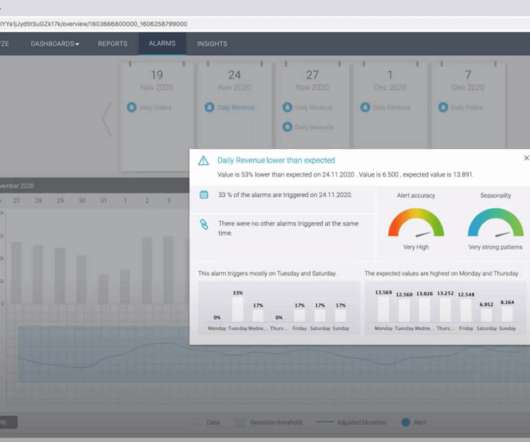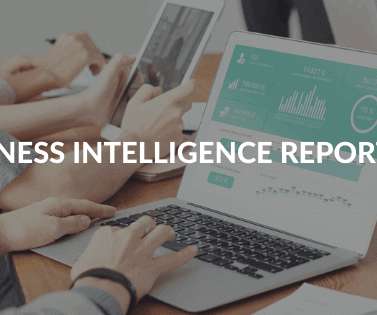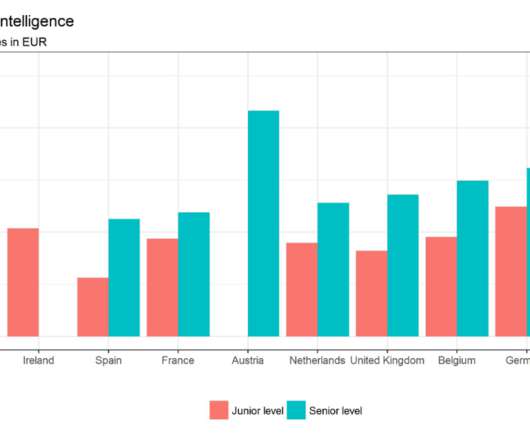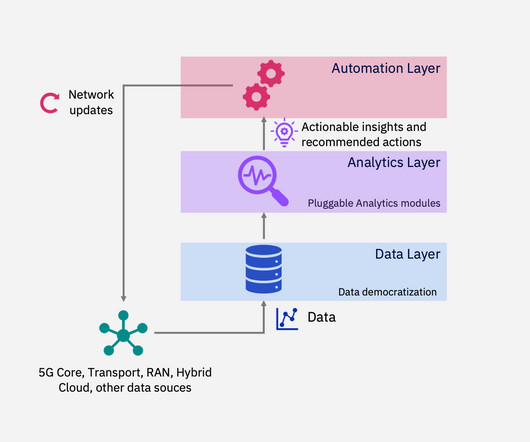Data science vs. machine learning: What’s the difference?
IBM Big Data Hub
JULY 6, 2023
While data science and machine learning are related, they are very different fields. In a nutshell, data science brings structure to big data while machine learning focuses on learning from the data itself. What is data science? What is machine learning?














Let's personalize your content